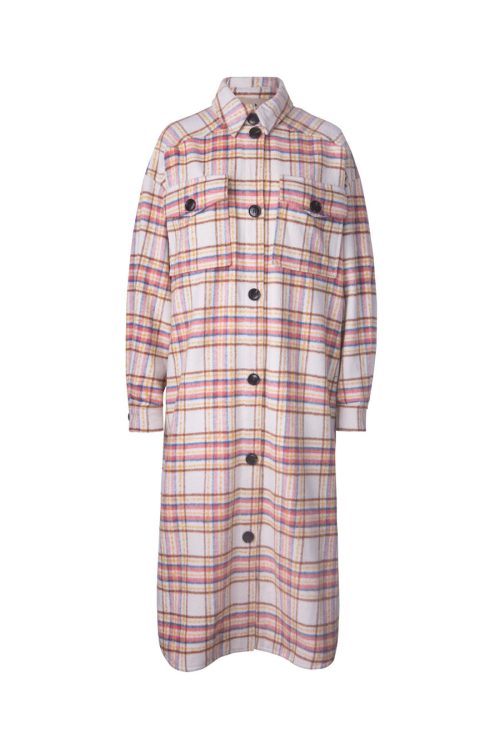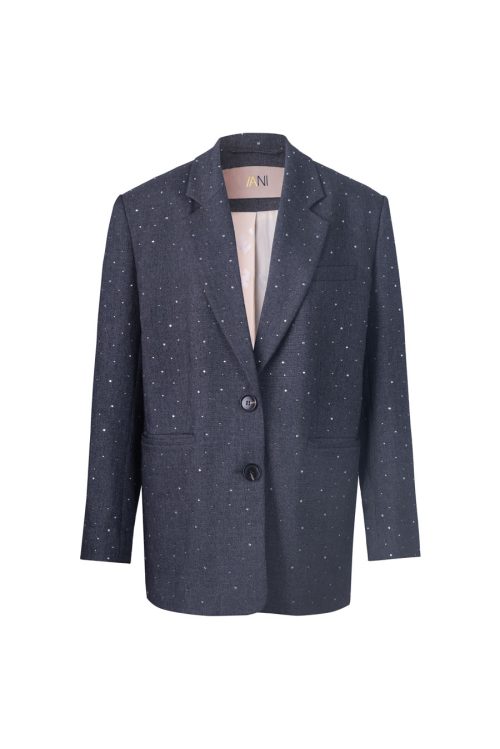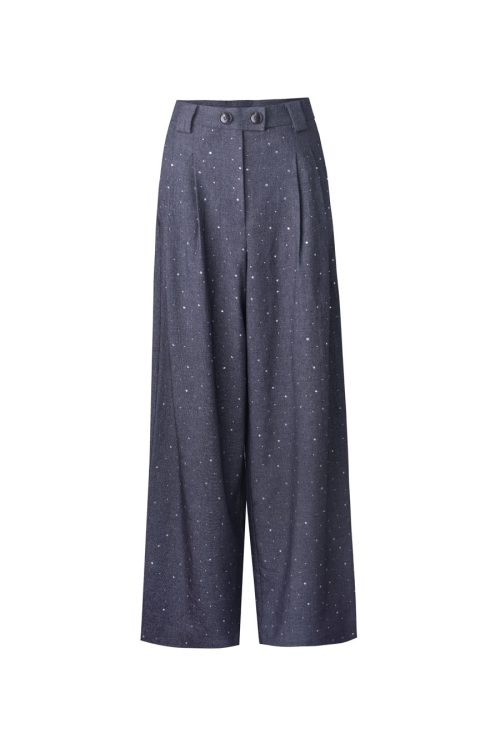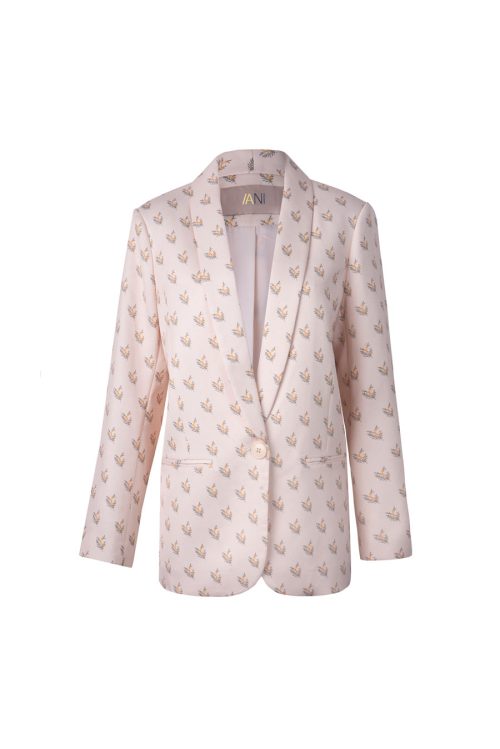
China is a dominant force in the global textile and apparel industry, known for its expansive manufacturing capabilities and competitive pricing. For businesses looking to engage in clothing wholesale, exporting from China presents numerous opportunities. This comprehensive guide explores the advantages, popular product categories, and essential steps to successfully export clothing from China.
Introduction to China Export Clothing Wholesale
Overview of the Industry
China’s clothing export industry is vast and well-developed, catering to a global market with diverse needs. The country’s advanced manufacturing infrastructure, skilled workforce, and efficient supply chain make it a prime source for high-quality, cost-effective apparel. This guide provides an in-depth look at the benefits and processes involved in exporting clothing from China.
Advantages of Exporting Clothing from China
Cost Efficiency
One of the primary reasons businesses choose to export clothing from China is the significant cost savings. Lower labor costs, large-scale production capabilities, and competitive pricing strategies enable Chinese manufacturers to offer products at lower prices. These savings allow wholesalers to maintain strong profit margins while providing affordable options to their customers.
Quality Assurance
Chinese manufacturers have significantly improved their quality control measures over the years. Many factories comply with international quality standards, ensuring that the clothing produced is durable, stylish, and well-made. This focus on quality helps build trust with global buyers and end consumers.
Wide Range of Products
China’s clothing industry offers a vast array of products, catering to various market segments and fashion trends. Whether it’s women’s wear, men’s wear, or children’s wear, wholesalers can find a wide selection of styles, fabrics, and designs to meet diverse customer preferences.
Popular Categories for Clothing Export
Women’s Wear
Women’s clothing is a major segment in China’s export market. This category includes a variety of garments such as dresses, blouses, skirts, and outerwear. The diversity in styles and sizes allows wholesalers to cater to different tastes and market demands.
Men’s Wear
The men’s wear segment is equally extensive, offering everything from casual clothing like t-shirts and jeans to formal attire such as suits and dress shirts. Chinese manufacturers provide high-quality garments that appeal to a wide audience, ensuring strong market demand.
Children’s Wear
Children’s clothing is another significant category, featuring a range of everyday wear, school uniforms, and special occasion outfits. Manufacturers focus on using soft, durable fabrics and ensuring safety and comfort, making these products popular among parents and retailers.
Finding Reliable Export Clothing Suppliers in China
Research Techniques
Thorough research is essential to finding reliable suppliers. Start by exploring online marketplaces, industry directories, and attending trade shows. Websites like Alibaba, Global Sources, and Made-in-China offer detailed listings of manufacturers and wholesalers, complete with customer reviews and ratings.
Verification Steps
Verifying the credibility of suppliers is crucial. Check for business licenses, certifications, and memberships in industry associations. Requesting samples before placing large orders can also help assess the quality of products and the reliability of suppliers.
Top Online Platforms
Online platforms such as Alibaba, Global Sources, and Made-in-China are valuable resources for finding reputable suppliers. These platforms provide extensive databases of suppliers, complete with detailed profiles, product listings, and customer feedback. They also offer tools for communication and negotiation, facilitating smoother transactions.
Steps to Export Clothing from China
Negotiation Strategies
Effective negotiation is key to securing the best deals. Clearly communicate your requirements, including order quantities, pricing, and delivery timelines. Building a good rapport with suppliers can lead to better terms and long-term partnerships. Be prepared to negotiate and find a balance that benefits both parties.
Order Placement
Once terms are agreed upon, place your order through the platform’s secure system. Ensure that all details, such as product specifications, quantities, and payment terms, are clearly outlined in the contract. It’s advisable to start with smaller orders to build trust before committing to larger purchases.
Shipping Logistics
Shipping logistics can be complex, but many Chinese suppliers offer assistance with this process. Understanding shipping terms, including delivery times, costs, and insurance options, is crucial. Working with a reliable freight forwarder can help manage logistics and ensure timely delivery.
Maximizing Success in Clothing Export Business
Relationship Building
Strong relationships with suppliers are essential for long-term success. Regular communication, timely payments, and mutual respect foster trust and collaboration. Good relationships can lead to better deals, priority service, and access to new products.
Trend Monitoring
The fashion industry is dynamic, with trends changing rapidly. Staying updated with the latest styles and consumer preferences is crucial. Regular market research, attending fashion shows, and monitoring social media trends can provide valuable insights to keep your product offerings relevant.
Inventory Control
Effective inventory management ensures that you have the right products in stock to meet customer demand without overstocking. Implementing inventory management software can help track stock levels, forecast demand, and streamline the ordering process. This reduces costs and minimizes the risk of unsold inventory.
China Export Clothing Wholesale FAQs
How can I verify the credibility of a Chinese supplier? Verifying the credibility of a supplier involves checking business licenses, certifications, and customer reviews. Platforms like Alibaba provide verification badges that indicate the legitimacy of suppliers.
What payment methods are commonly used in online wholesale transactions? Common payment methods include bank transfers, PayPal, and escrow services. It’s important to negotiate favorable terms that protect both parties.
How can I ensure the quality of garments sourced from China? Requesting samples before placing large orders and utilizing quality control services offered by suppliers can help ensure product quality.
What are the advantages of exporting clothes from China? Exporting clothes from China offers cost advantages, high-quality craftsmanship, and efficient supply chain management, making it a competitive choice for wholesalers.
How do I find reliable suppliers for clothing in China? Online marketplaces like Alibaba, Global Sources, and Made-in-China are good starting points. Networking at trade shows and industry events can also lead to valuable connections.
What should I consider when negotiating prices with Chinese suppliers? Clear communication about requirements and budget, building rapport with suppliers, and considering bulk orders for discounts are key factors in effective negotiation.
Conclusion
China’s robust manufacturing sector offers numerous advantages for clothing exporters, from cost savings to high-quality products. By understanding the market, choosing reliable suppliers, and effectively managing the export process, businesses can thrive in the competitive world of fashion retail. With careful planning and strategic partnerships, exporting clothing from China can be a highly profitable venture.




